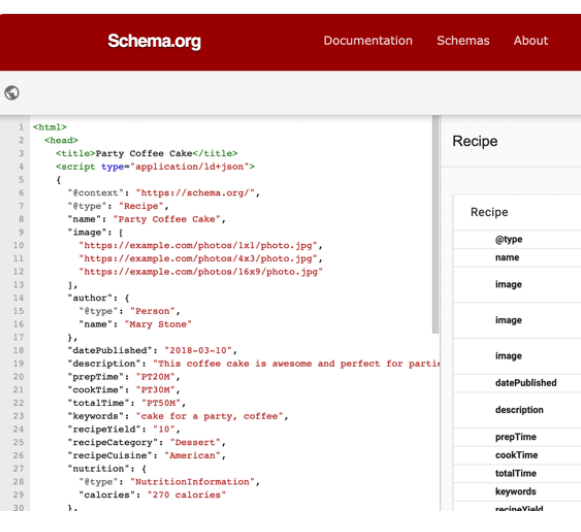Unlocking SEO Success: How to Measure the Impact of Structured Data
Is Your Schema Mark Up Working
In the ever-evolving landscape of Search Engine Optimization (SEO), structured data has emerged as a powerful tool for improving website visibility and ranking on search engine results pages (SERPs). By providing search engines with explicit information about the content of a webpage, structured data enables more accurate indexing and presentation of your site’s information. However, measuring the impact of structured data on SEO requires a strategic approach. In this article, we’ll dive into the key metrics and strategies for assessing the effectiveness of structured data implementation.
What is Structured Data?
Structured data, also known as schema markup, is a standardized format used to annotate web content in a way that search engines can understand. It provides additional context to search engine crawlers, helping them interpret the content and present it in a more informative and visually appealing manner on SERPs. Structured data can include details such as product information, reviews, events, recipes, and much more.

Key Metrics for Measuring Impact
Visibility and Click-Through Rate (CTR):
One of the primary indicators of structured data impact is the change in visibility and CTR for your web pages. Monitor the performance of pages with structured data markup compared to those without. Tools like Google Search Console and third-party SEO analytics platforms can provide insights into impressions, clicks, and CTR for structured data-enhanced pages.
Keyword Rankings:
While not directly tied to structured data, monitoring keyword rankings can help assess the overall impact of SEO efforts, including structured data implementation. Look for improvements in rankings for target keywords associated with pages using structured data markup.
Traffic and Engagement:
Analyze the overall traffic and user engagement metrics for pages with structured data. Look for changes in bounce rate, time on page, and conversion rates. A well-implemented structured data markup should drive more relevant traffic and encourage user interaction with your content.
Rich Snippets and SERP Features:
Structured data often leads to the generation of rich snippets and enhanced SERP features like Knowledge Graph panels, Featured Snippets, and Rich Cards. Keep track of the appearance of these features for your website in search results. An increase in rich snippet appearances indicates the successful implementation of structured data.

Strategies for Measuring Structured Data Impact
Baseline Measurement:
Before implementing structured data markup, establish baseline metrics for relevant KPIs such as organic traffic, CTR, and SERP features. This provides a basis for comparison and helps attribute any changes to the structured data implementation.
A/B Testing:
Conduct A/B tests to compare the performance of pages with and without structured data markup. Implement structured data on a subset of pages while keeping others as a control group. Measure the differences in metrics between the two groups to assess the impact.
Continuous Monitoring:
SEO is an ongoing process, and so is measuring the impact of structured data. Continuously monitor relevant metrics and adapt your strategy based on the insights gained. Regularly review search engine guidelines and update your structured data markup accordingly.
User Feedback:
Solicit feedback from users regarding their experience with structured data-enhanced content. Conduct surveys, analyze user comments, and track user behavior to understand how structured data impacts user satisfaction and engagement.
Schema For SEO
Get An SEO Expert
An SEO Specialist can provide maintenance to your website’s visibility, increase traffic, and gain more customers with measurable data! Laced Media has the professional SEO experts to get your business thriving. Schedule a free consultation call today.







